 Before traveling to Italy, I researched about all sorts of things, and especially (to protect my little family) how people scam and cheat and how to avoid scams. There are lots of warnings online about taxi cheats. I just wanted to report that after having used car services, radio taxis, taxis from a taxi station and even hailing a taxi who had his roof light on (libero)--something that is not normally done successfully--we have not been cheated. Taxis from The Airport to Your Hotel If you've just arrived at the airport and want a taxi to take you to your hotel in Rome, how do you know what a proper charge is? Simple. It's written right on the side of the taxis waiting at the taxi stand at the airport! The fares will be listed for each airport (Fiumicino or Ciampino) for one direction. No tips... flat fee... taking you inside the city walls. Taking a Metered Taxi For the most part, you hire a taxi at a taxi stand, where you normally find many taxis lined up waiting for new fares. Just walk to the first taxi at the head of the line and get in. Taxis in large cities usually have an official emblem on the side of their car. In Rome, it looks like this... And as you can see by the second photo above of a taxi station sign, rates are also posted there. When entering a taxi, always look at the meter for the "Tarrifa 1" to be lit up. Within the city walls "Tarrifa 1" is the correct lower rate. If you see "Tarrifa 2" or "Tarrifa 3" lit up for a trip inside the city limits of Rome, beware... you've got a crook trying to double or triple the rate. Tarrifa 2 and 3 are used for only outside the walls, into the suburbs or to the airport. Radio Taxi This is one of the easier ways to get around in Rome, especially since the city subway lines are very limited. (They've been trying to expand the Rome subways, but every time they dig, they have to stop for the archaeologists to record ancient discoveries). The Rome city council’s number to call a taxi is +39 060609. You have to learn to speak at least a limited bit of Italian to order a taxi--giving the address properly in Italian, for example. Learn how to pronounce numbers, names, and letters too, so you can spell a name. Here is a link to a great three-part lesson on pronouncing the Italian alphabet. And here is a link to pronounce numbers. You can also call +39 06 3570, or send an SMS to +39 366 673 0000, the SMS text should just have your current address. You will receive a request confirmation SMS and few seconds later another SMS indicating that a taxi is on it’s way. The radio taxis always show up on time with the help of their sophisticated gps unit. The MyTaxi service is one of the largest, most reputable taxi services in Rome. In fact, to make things easier, you can use the MyTaxi app to call a cab. Transfer (Car) Services Simply put, "transfer services" refers to a car, limo or van service that can arrange to pick you up at one location and transfer you to another. Many offer group rates (for vans) or private drivers just for you. You can arrange pickups well ahead of your arrival in Italy. They also offer tour services--to take you on a day-long tour of the Amalfi Coast Road, for example... stopping anywhere you'd like to take photos or have lunch. Typically, car transfer services cost barely more than a city taxi and have very professional drivers that also speak English. There are many reputable services in most large Italian cities that can pick you up at a specific time to take you from airport to your hotel/rental, or to pick up up at train stations, and also to take you from one city to another. Click to see a list of reputable transfer services in Italy. Hailing a Taxi In large Italian cities with a large number of taxis, you don't hail cabs. If you do see a taxi with its roof light lit, that means it's unoccupied. You can, of course, try hailing the cab... as long as you are standing where they can pull over without blocking traffic (in other words, not on a narrow side street). There was one time I tried hailing a taxi on a crowded side street (with barely any sidewalks, a common thing in Italy). The driver looked at me like I was crazy. With good reason... he had no legal place to pull over. Lesson learned. Only try hailing a taxi in Rome or Florence if there is room for them to pull over to the curbside to pick you up--a wide boulevard. Tipping No, you don't have to tip taxi drivers in Italy like you would in Manhattan. If you want to tip, the tradition used is "rounding up". For instance, telling them to keep the change when you hand over €10 for a €9.50 fare. However, if the driver is extremely helpful, with large heavy bags for instance, a €1 or €2 tip perfectly fine. The phrase to use is tenga il resto (keep the change). Uber in Italy At this writing, Uber is only available in Rome and Milan, but only as Uber Black, which means you will get much nicer vehicles, but at higher rates. You can still use your Uber app in Italy. In Italy, permits (meaning government fees) are required for just about anything you want to do to make money--pizzeria, tour guide, making cheese, and driving people to their destinations. Rome and other Italian cities require drivers to register as an NCC driver with a NCC medallion, which involves a registration fee, exams, a special license and a medallion to place on your car. Even the car has to be approved. It can cost up to €100,000 for a medallion. So, even though Uber is an option in Milan and Rome, it's more expensive and has less availability that other options. Useful Phrases Quant'è la tariffa? or simply, Quanto costa? (What is the fare?) Quanto extra per il bagaglio? (How much extra for the luggage?) Puoi abbassare la musica, per favore? ("Can you turn down the music, please?") Puoi prendere il percorso più veloce? ("Can you take the fastest route?") Puoi guidare attraverso alcuni bei siti sulla strada per l'hotel/appartamento? ("Can you drive by some beautiful sites on the way to the hotel/apartment?") Ecco l'indirizzo della mia destinazione. (Handing the driver the written address) ("Here is the destination's address". Write the address down on paper ahead of time). Puoi accendere il condizionatore d'aria? (Can you turn on the air conditioning?) In general, I've found Italian taxi drivers to be talkative, friendly, helpful and responsive when you at least try to speak some Italian. I'm sure they are used to tourists who don't attempt even the most basic Italian words and expressions. Taxis are also a lot safer than taking very crowded buses in the height of the tourists season, when pickpockets work the buses all day long. Looking back, I wish I had taken photos of the drivers... I still remember their faces and smiles. By the way, unlike in Manhattan, every taxi driver was actually an Italian. Imagine that! --Jerry Finzi Copyright Jerry Finzi/GrandVoyageItaly.com - All Rights Reserved
Not to be published without expressed permission Tucked into the pristine landscape of oak and beech trees, streams, meadows and stands of forest is the medieval village of Fiumalbo in the Italian region Emilia-Romagna. It is located about 70 kilometres southwest of Bologna and about 60 kilometres southwest of Modena. Fiumalbo's name evolves from the Latin, flumen album (White River), with reference to the pristine waters of the two rivers that surround the village. The area surrounding the village is dotted with ancient Celtic stone huts, medieval places of worship and the most significant draw to the area, its Natural environment. A dense network of well-marked trails follow old donkey paths once traveled by shepherds and pilgrims can be traveled on foot, horseback or mountain bike. In addition, the proximity of modern ski resorts is a real bonus in winter. The streams are a destination for fly fishermen. In the vicinity, the nearly 40,000 acre Frignano Park sets the tone with its impressive natural beauty. The little borgho even has the credentials to prove their beauty, being a member of the Borghi più belli d’Italia association and having been awarded the Italian Touring Club Orange Flag status. Pistoia is just 7 miles or so over the Abetone pass, helping to unify the 1200 or so borghi. The common local dialect, due to the proximity of the border of Liguria and Tuscany, also helps knit together many of the local customs. The highest peaks of the Modena Apennines are here: Mount Cimone (2165 m) on one side and Mount Lagoni (1962 m) on the other. The spirit of the Celts are here, too. Not only in the forests, but on the houses of the region... Strange and mysterious, carved stone faces called marcolfe (mummies) are found throughout the region. The symbol of the wolf and talismans of Celtic culture supposedly ward off the malocchio (evil eye). Celts came to Italy in the fourth century BC and left their mark in the region, evidenced by the Celtic stone huts similar to those found in Ireland and Scotland. Some examples--a few with rye grass roofs--can be found in the village of Valdare and along the road from Fiumalbo to the foot of Mount Cimone. The cuisine of the region is a mix of both Emilia and Tuscany with tortellone filled with ricotta, black cabbage soup, and a traditional sliced beef dish. Borlenghi, a paper thin crepe similar to carasau from Sardinia, is another traditional dish, stuffed with bacon and salami. Then there is tigelle, a stamped bread embossed with a Celtic rose, indicating its origin. Main courses feature what comes from the forest--mushrooms and game, accompanied by polenta. Their prideful dessert is the Croccante, invented in Fiumalbo, including natural ingredients such as chestnut honey, white almonds, sugar and caramel.  So, tear up your Must See List for Italy and visit one of Italy's small towns... there is a lot to do here: Fiaccolata di Carnevale February: on the night before Ash Wednesday, there is a parade through the village with people carrying birch torches, even torches lighting the stream. The flames signify giving up the coldness and hardships of winter and looking forward toa fruitful spring and summer. Infiorata del Corpus Domini Flower Festival on the the Sunday of the Corpus Domini procession through the streets with large, intricate floral carpets created by the inhabitants. Fiera di Luglio A sagre (food festival) on the second Sunday of July: food stands and stalls selling local produce, cheese, wine, etc. Festa di San Bartolomeo August 23: Feast of St. Bartholomew, the patron saint of the village. The village is illuminated with torches, torches, candles, and even candles lighting of the stream. A saint is accompanied in procession by the brotherhoods of the Whites and the Reds, wearing traditional costumes and carry ancient banners. The festival ends with fireworks. Presepe Vivente A living nativity, December 24, biennial. People are dressed in the clothes of their ancestors, carrying out traditional crafts. The highpoint is the Wise Men on horseback following a path lit by torches that winds through the old town and leading to the Nativity scene and the Christ child. --GVI Copyright 2019 - GrandVoyageItaly.com - Not for reproduction without expressed permission. |
Categories
All
Archives
May 2023
|



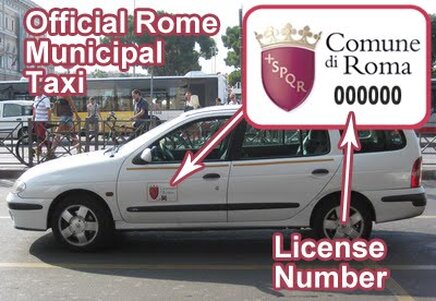
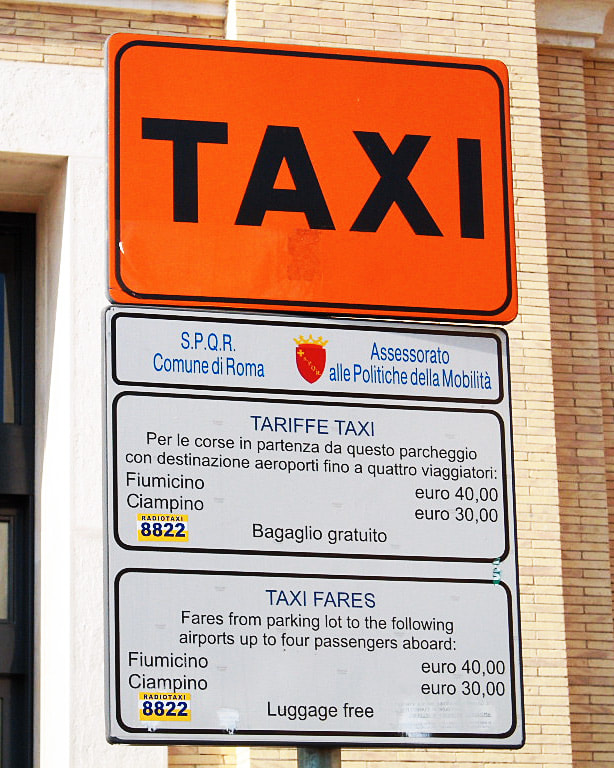
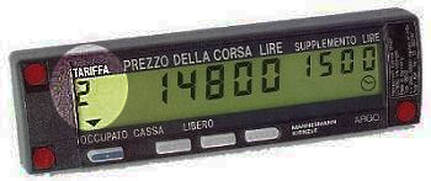



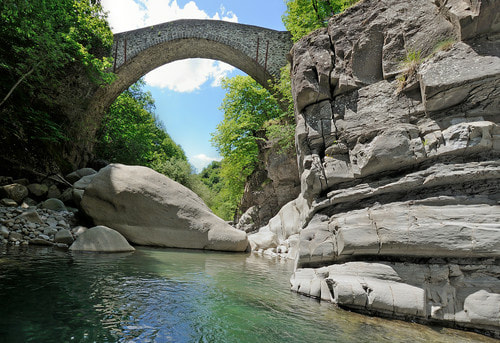


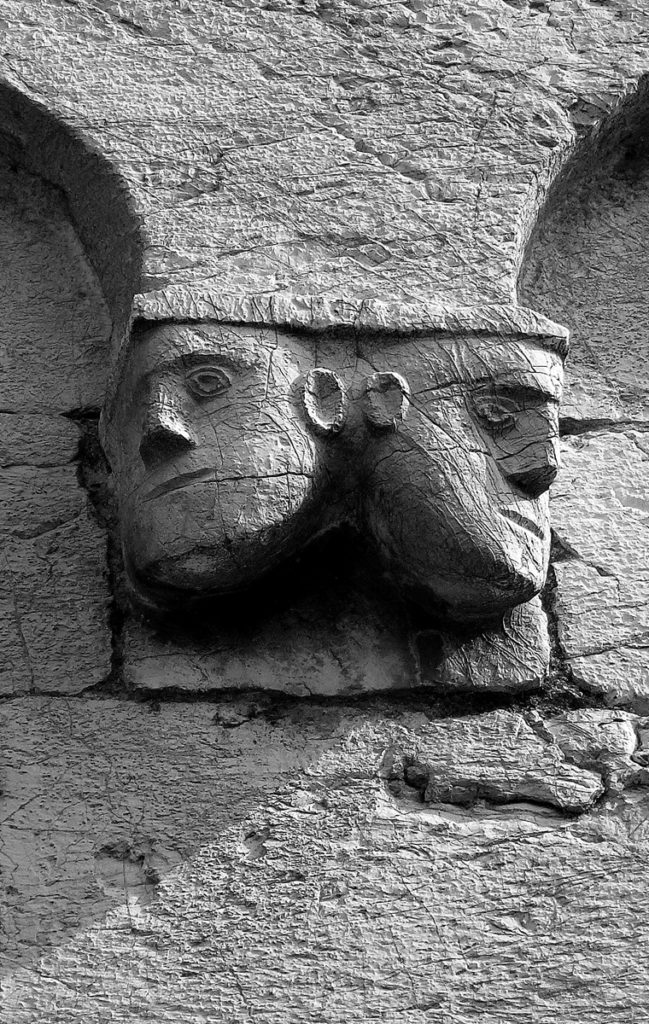










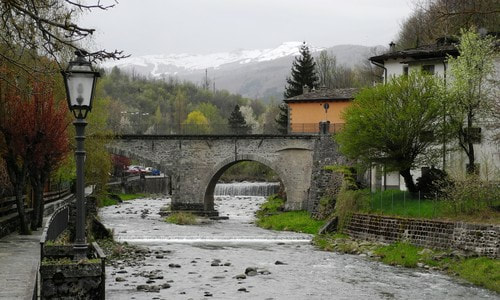
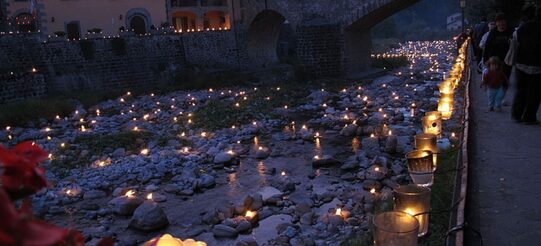


 RSS Feed
RSS Feed
